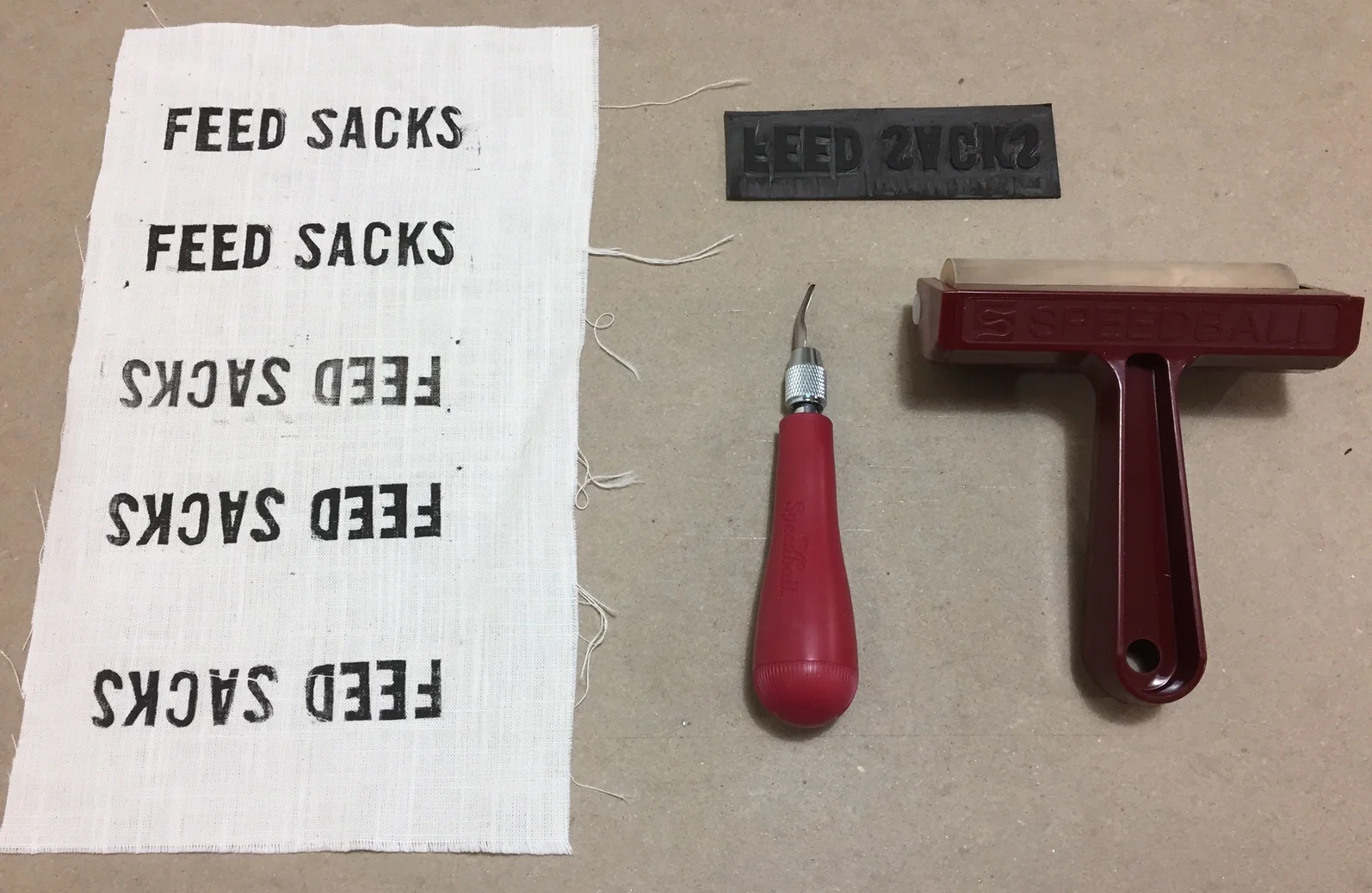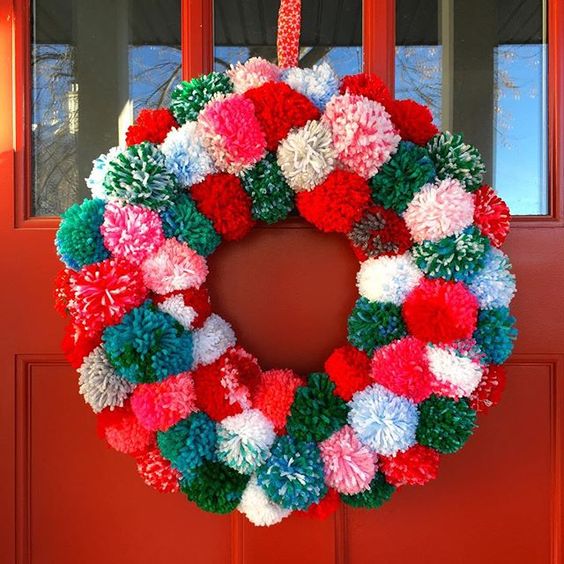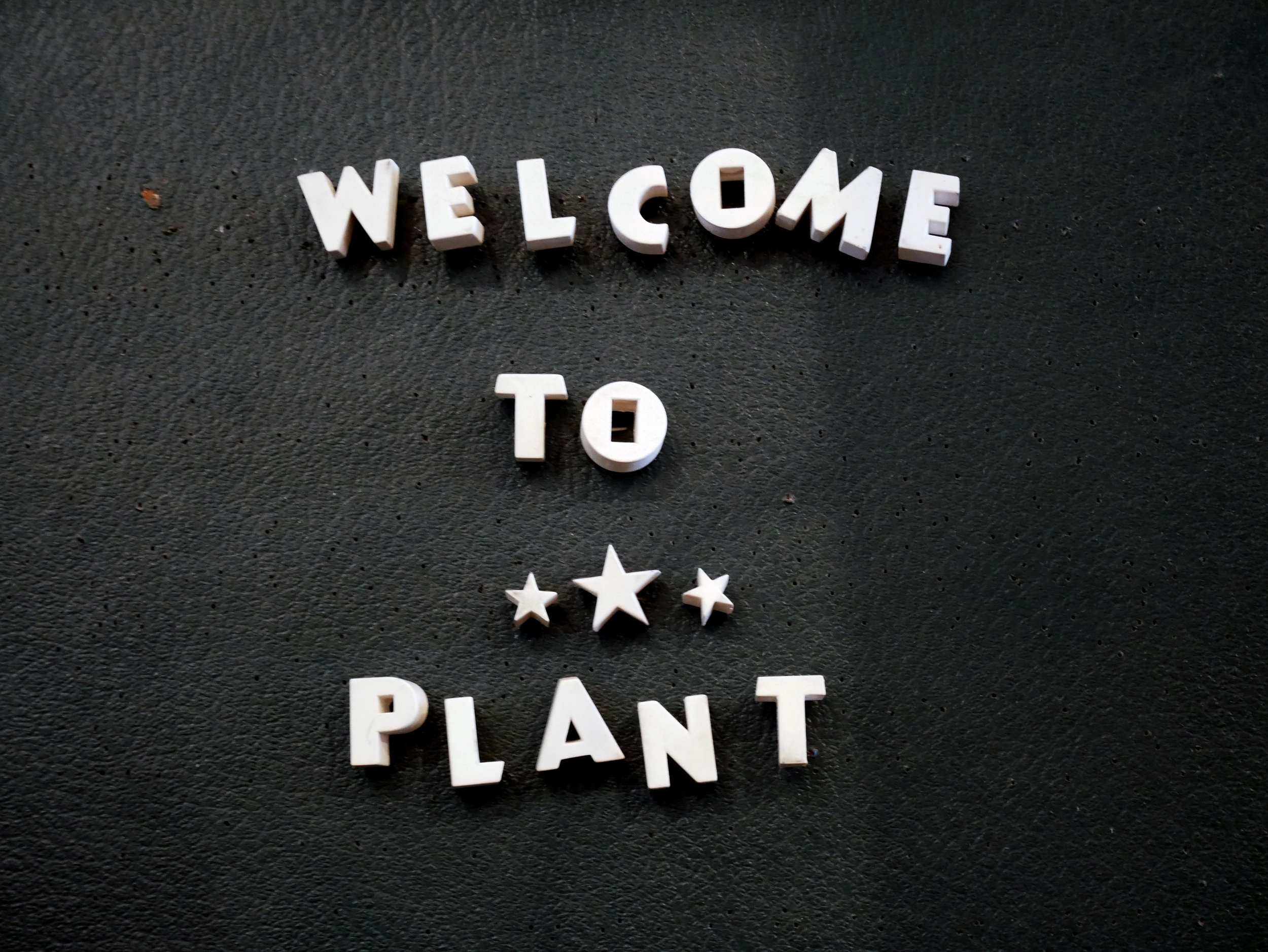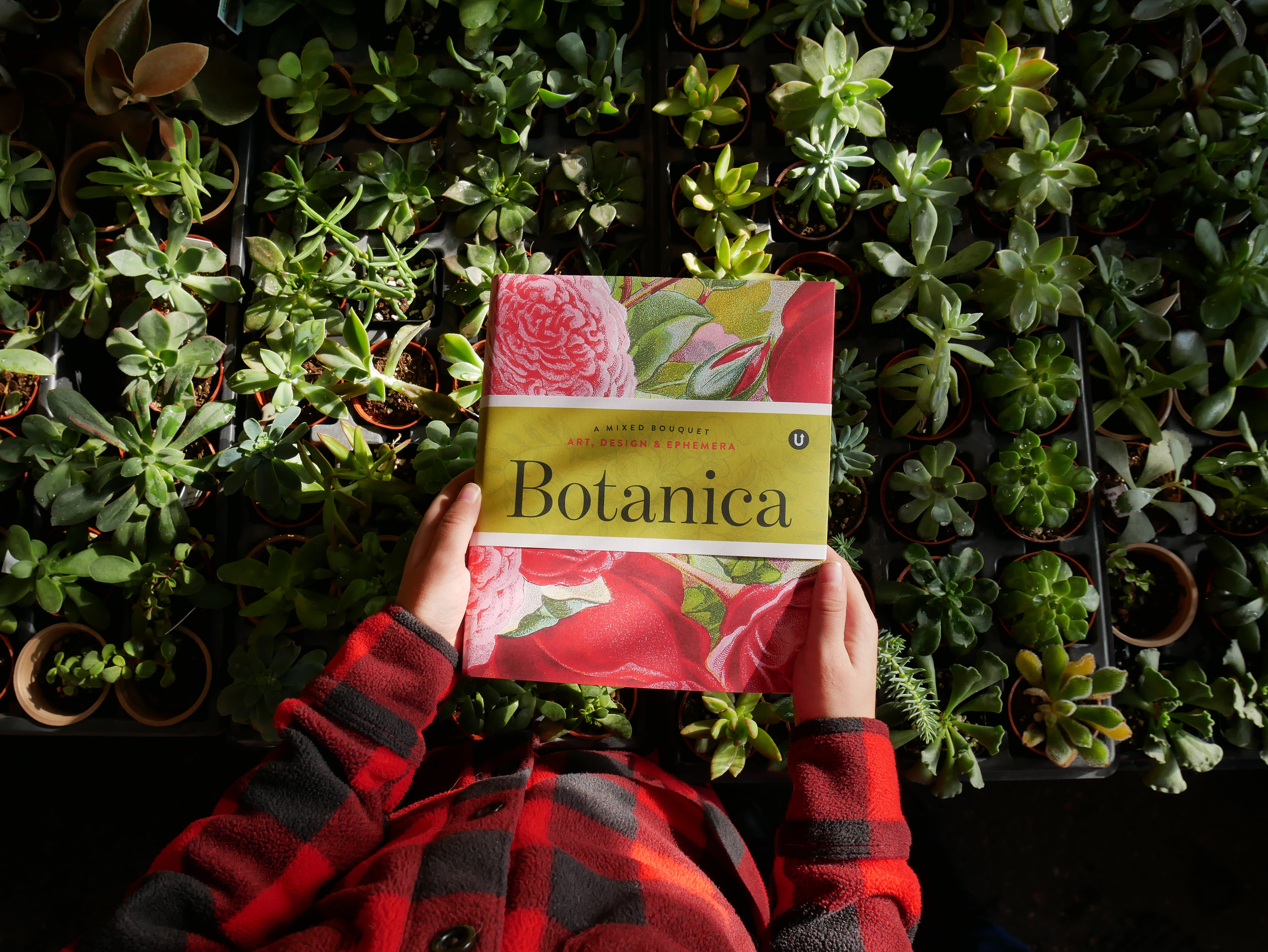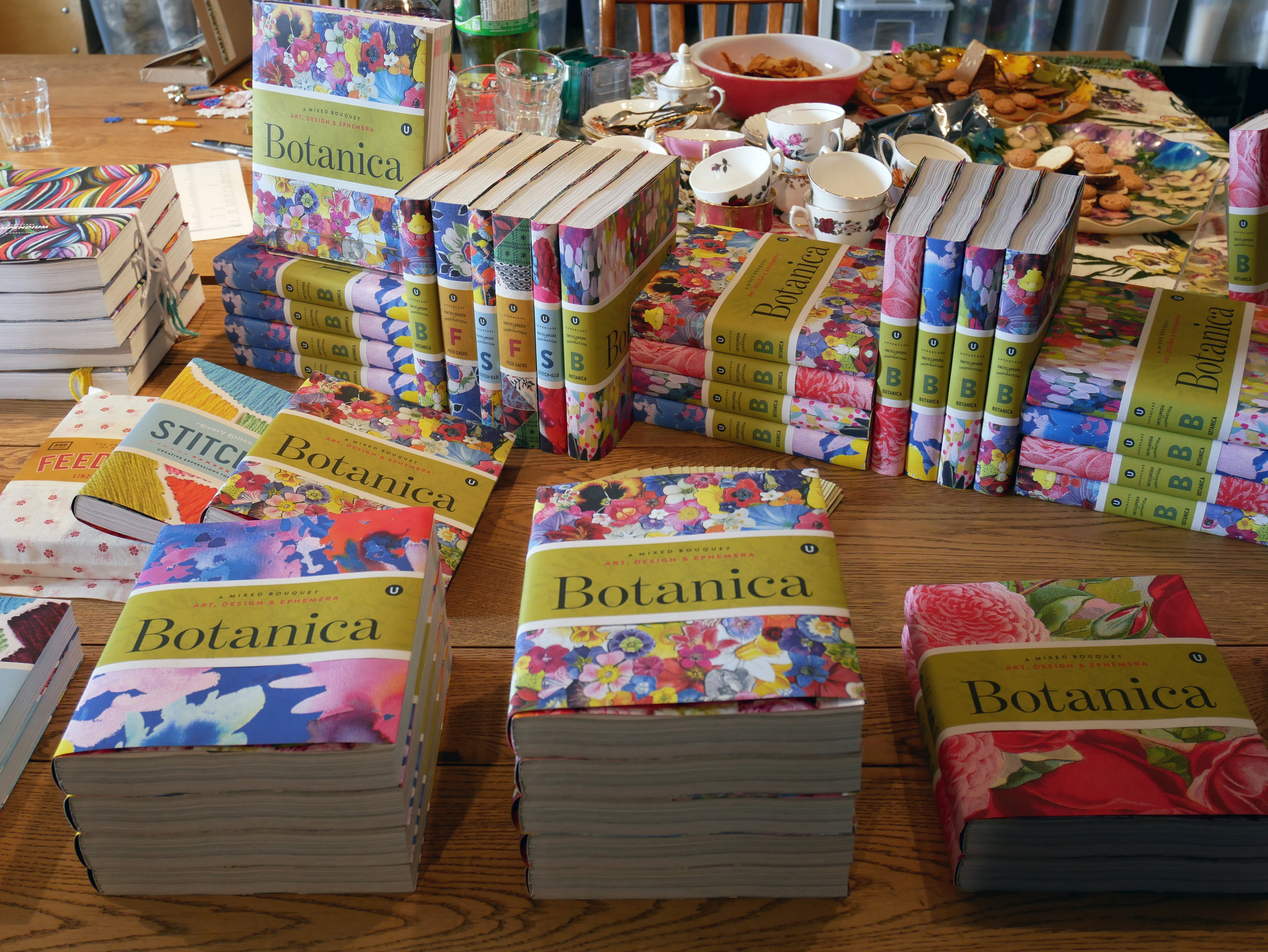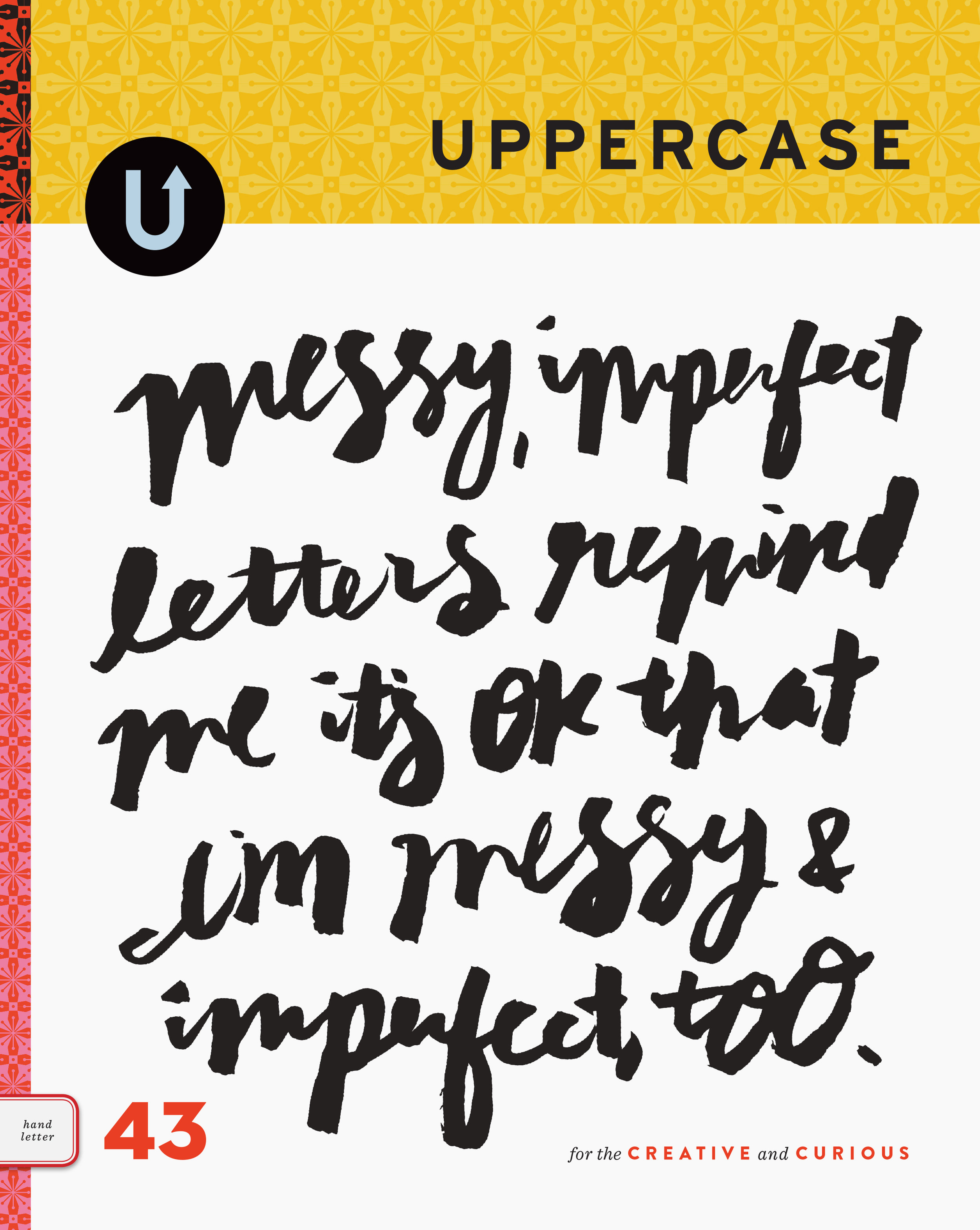Earlier this month, I was contacted by Catrina Auger, a fourth-year student at the Ontario College of Art and Design University. She's working on her Bachelor of Design and is taking a class called Creative Practice and Change. Catrina writes, "We are learning about how to better our selves for our possible future entrepreneurship. For the assignment that I am currently working on, our task is to interview entrepreneurs that we believe are great role models. UPPERCASE has been a large source of inspiration for myself during the past four years—my mother and I share a subscription and just adore all of the work you create."
Here's our conversation:
How did you know that you were ready to take on and start your own business?
After graduating from the Alberta College of Art in 1995, I had a “real” job working for a design company in Calgary for about 9 months. Just long enough to realize that that particular firm was not a good fit for me! I had a few freelance opportunities and left that day job to pursue my own path. I wasn’t particularly ready to start my own business, but I was ready to leave an environment where I wasn’t valued or treated respectfully. I’ve been my own boss ever since.
Do you feel that freelancing gave you enough experience to create your own business?
I was fortunate that my first freelance contract was a long-term one, and one that introduced me to lots of really nice people who continued to hire me for other projects. So my first business, Vangool Design + Typography, started off immediately with my first freelance gig.
Did you have any prior knowledge of business before starting? Such as taking a course in business and or finance.
Zero training! It was learn by doing, trial and error.
When did you realize and or discover what type of business you wanted to create?
I had always thought I’d have my own design firm—I just didn’t imagine it would happen so soon. I was only 22 or 23 when I started my company. I thought I’d work for someone else (my dream job was to work for a publisher like Chronicle Books) for a few years to gain experience before setting off on my own. I loved having my own design firm (company of one!) and I had excellent clients in the arts, culture and publishing fields. I was fortunate to work with nice people and good companies.
I did freelance for a dozen years before starting to yearn for different challenges. In 2005, I opened a space downtown called UPPERCASE gallery, books & papergoods in Art Central. It was a 3-storey complex with artist studios, galleries and creative companies. I continued to do freelance design from that space, but the front-facing and public aspect was that of a gallery and bookstore. It was a fun and exciting challenge to fill the retail aspect and I began to design and make products to sell. I dabbled in greeting card designs that were available wholesale across Canada, handmade notebooks, sewn objects, vintage type packages, workshops… I tried lots of things.
In 2007, I organized a funny gallery show about William Shatner featuring 76 illustrations of him. To accompany the show, I published my first book. A hardcover tome featuring the artwork plus commentary. Through that project, I realized my dream of becoming a publisher. From then, I experimented with other ways to publish books and, eventually, UPPERCASE magazine.
By 2010, UPPERCASE magazine was a year old and I had a baby, too. So I decided to close up the gallery and retail, officially retire from design for clients, and focus solely on publishing. (And being a mom, too!)
What are some key points that you believe a future entrepreneur should make sure to complete before starting their own business?
I don’t know if there’s anything that you need to “complete” necessarily, but creative entrepreneurs should have organizations skills, be good with scheduling and have a disciplined work ethic. You can be creative with the work that you do, but having structure to how you do the work is important.
Having your husband help and support you and your business, do you feel that it would be better for a new entrepreneur to have family and or friends to help them start off?
My husband has always been encouraging of my many ventures and helped out a great deal back in the gallery days, but it hasn’t been until just a couple years ago that he officially began working within UPPERCASE, handling customer support. In the earlier days of the magazine, his contribution was looking after our son during the day so that I could go to the studio to concentrate on getting things done. It is definitely nice to have a support system and encouragement, but not a requirement. Where there’s a will, there’s a way!
Through all of the projects that you have worked on, how do you find time for all of them? Are there any time management strategies that you use?
In publishing a quarterly magazine, I have to be very disciplined when it comes to timelines and schedules. My readers expect each issue to arrive at a certain time. Being committed to that schedule is one of the reasons I think UPPERCASE magazine is still around 9 years later. My readers can trust that I will deliver.
Over time—and 36 issues in—I have developed systems of organization that help me through the cycle of publishing. I don’t need to reinvent things time and again, I do things a certain way that works for me. I’ve also become a better editor and curator. So as I’ve honed my skills, I’ve create more time to explore additional projects like publishing more books in addition to the magazine.
With running your own business, is it hard to juggle your work and your personal life?
I don’t see it as a juggle. My business is part of my life, it is very personal to me. My family sees how UPPERCASE supports us and benefits us. My schedule is flexible in some of the day-to-day aspects, so I can spend time at home with my child or we can go on trips together. It’s integrated with our lives. There’s balance.
After having a period of time where the popularity of the magazine was low, and having to make the hard decision to lay off a team member; how did you accomplish to recover and grow your brand to where it is today?
It wasn’t that the popularity of the magazine was low, actually, but that having numerous employees was costing a lot of money. Unfortunately, we weren’t able to harness the time and investment of the team to grow the company large enough to keep up with their salaries. I thought more people would equal more productivity would equal more growth. It turns out that equation was wrong.
It was an excruciating decision to lay people off, but it had reached a point where I wouldn’t be able to pay all the bills. During that time, I had invested in the first business training I’d ever had—I enrolled in Marie Forleo’s B-School. It’s an 8-week course that teaches marketing and connects you to your ideal customers and business model. The course gave me some practical and applicable skills while validating a lot of things I had been feeling I should be doing in my business but hadn’t been due to the burden of employee management and salaries. Because of that course, I had the courage to reboot my company, lay people off (which was unfortunate but necessary) and start with a fresh approach. Within months, I was out of the financial hole and my business was profitable again.
Full disclosure: this year I applied to be a B-School affiliate and was accepted! It was such a life and business-changing course that I want to help promote it. This year’s course starts in March and I’m sharing my experiences about it in my newsletter and on my blog.
Living in the digital age, did you find it necessary to market yourself and your brand through social media and the internet?
Yes, it is necessary to market oneself through social media. That’s just how it is. But having solid products and skills are the first order of business! I concentrate on making nice things and keeping my customers happy—and then positive testimonials from my readers is the best, natural form of promotion.
When starting your business, were there any goals that you set for yourself and your brand to achieve? Was there a point in the last nine years where you felt that UPPERCASE met and or surpassed your creative goals?
I’ve set measurable goals over the years. When I launched the magazine, it was to reach 1,000 subscribers. Then it was to get to 3,000… 4,000. My subscriber base is at around 5,000 now, so I’m aiming for 6,000! I don’t necessarily have to reach that next milestone, but it is motivating to have a destination in mind. And I’ve always got multiple projects on the go. In the last two years, in addition to the magazine, I’ve published 3 books as part of the UPPERCASE Encylopedia of Inspiration. The reception for that project was great and I loved putting those books together. So I’m doing it again! The next 4 volumes of the Encyclopedia are in the works.
I’m also launching another magazine this year. Little U is the offspring of UPPERCASE, a smaller and cuter version for the young at heart. It will be published in April.
With having nearly 500 new subscriptions after partnering with Tree Era, do you find that it is necessary to keep up with public issues in order to keep growing and updating your business?
One of the benefits of having a financially stable business is that I can invest some funds into things that matter to me. So in addition to monthly donations to Unicef and Doctors without Borders, I am partnering with Calgary-based TreeEra. For every new subscription or renewal this year, a tree will be planted. So far, the equivalent of 477 trees have been purchased since the start of the year! I’m also factoring a donation to Unicef as part of my planning for Little U. Being a socially conscious human—and by extension business owner—is important to me. And I think it is important to my customers, too.






















